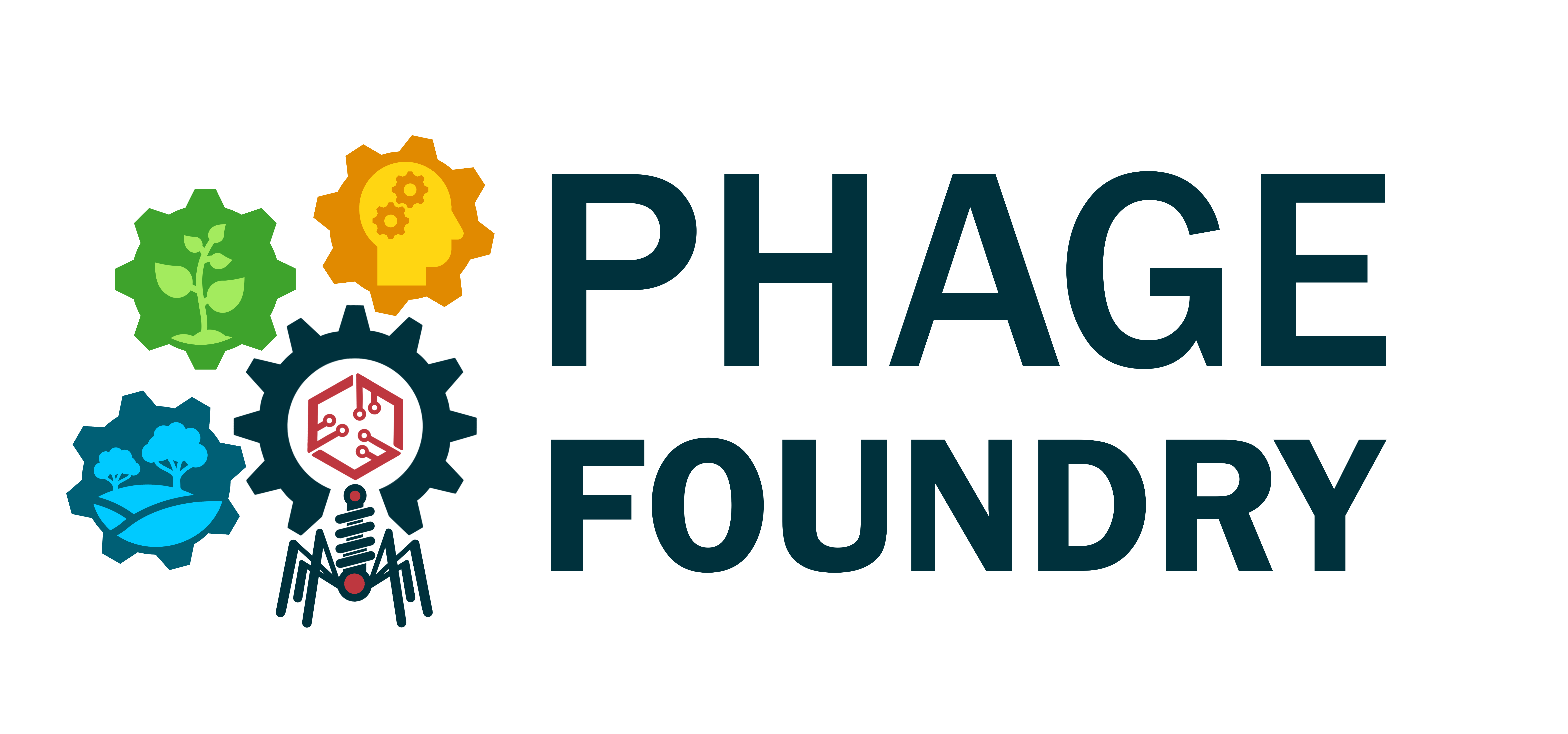The Phage Foundry is proud to share that summer research intern in the Mutalik Lab, Valentine Lindarto, a UC Berkeley undergraduate bioengineering student, presented a poster at the Dean’s Society Research Conference held in Santa Clara, California, on October 16, 2024.
Every Fall and Spring, the UC Berkeley College of Engineering College Relations team and Dean Tsu-Jae King Liu host an event to bring together their donor community and share new developments in the college. Undergraduate engineering students are invited to share their research with donors at these events.
Lindarto’s poster, titled “Identifying Coliphage P1 Genes Conferring Resistance Against T3 and T7 Superinfection,” featured the results of her summer research project.

The following information is from Lindarto’s poster:
Bacteriophages (phages) are viruses that infect bacteria. Phages and bacteria have been co-evolving for millennia. Natural selection prompts bacteria to develop resistance mechanisms against phages [1]. Likewise, phages also develop superinfection immunity that prevents co-infection from other phages. Superinfection immunity could be a major disruptor in the application of phage therapy against antibiotic resistant bacterial infections because bacterial cells could carry a lysogen that confer superinfection immunity [2]. Currently, most phage gene functions (greater than 70-80 percent) remain unknown despite advances in bioinformatic analyses [3]. Previous studies on Escherichia coli BW25113 lysogenized with phage P1 demonstrated superinfection immunity against phages T3 and T7. Lindarto’s project built upon this existing research as she implemented a targeted dCas12a-led CRISPRi assay on 25 selected P1 phage genes to identify the gene factors that provide superinfection immunity against T3 and T7 phage infections. Some methods utilized in this project included crRNA design and synthesis, crRNA cloning, plasmid transformation and phage plating [4]. Lindarto did not observe efficient infection by T3 and T7 phages when any of the selected 25 genes were repressed, indicating a dCas12a-led CRISPRi assay was an inefficient strategy in identifying the genes conferring superinfection protection against T3 and T7 phages.
She suggested future experiments could be designed based on the following model(s):
- More than one P1 phage gene from different loci work collaboratively to perform superinfection immunity.
- P1 phage genes expressed during lysogenic growth should first be identified through RNA-sequencing before being targeted
for repression.
Congratulations to Valentine for presenting at the Fall 2024 Dean’s Society Research Conference!
Thank you to Phage Foundry project scientist Denish Piya, who served as a research mentor.
References
- Borin, J. M., Avrani, S., Barrick, J. E., Petrie, K. L., & Meyer, J. R. (2021). Coevolutionary phage training leads to greater bacterial suppression and delays the evolution of phage
resistance. Proceedings of the National Academy of Sciences of the United States of America, 118(23), e2104592118. https://doi.org/10.1073/pnas.2104592118 - Gauthier, C. H., Cresawn, S. G., & Hatfull, G. F. (2022). PhaMMseqs: a new pipeline for constructing phage gene phamilies using MMseqs2. G3 (Bethesda, Md.), 12(11), jkac233.
https://doi.org/10.1093/g3journal/jkac233 - Loc-Carrillo, C., & Abedon, S. T. (2011). Pros and cons of phage therapy. Bacteriophage, 1(2), 111–114. https://doi.org/10.4161/bact.1.2.14590
- Piya, D., Nolan, N., Moore, M. L., Ramirez Hernandez, L. A., Cress, B. F., Young, R., Arkin, A. P., & Mutalik, V. K. (2023). Systematic and scalable genome-wide essentiality mapping to identify
nonessential genes in phages. PLOS Biology, 21(12). https://doi.org/10.1371/journal.pbio.3002416

Leave a Reply